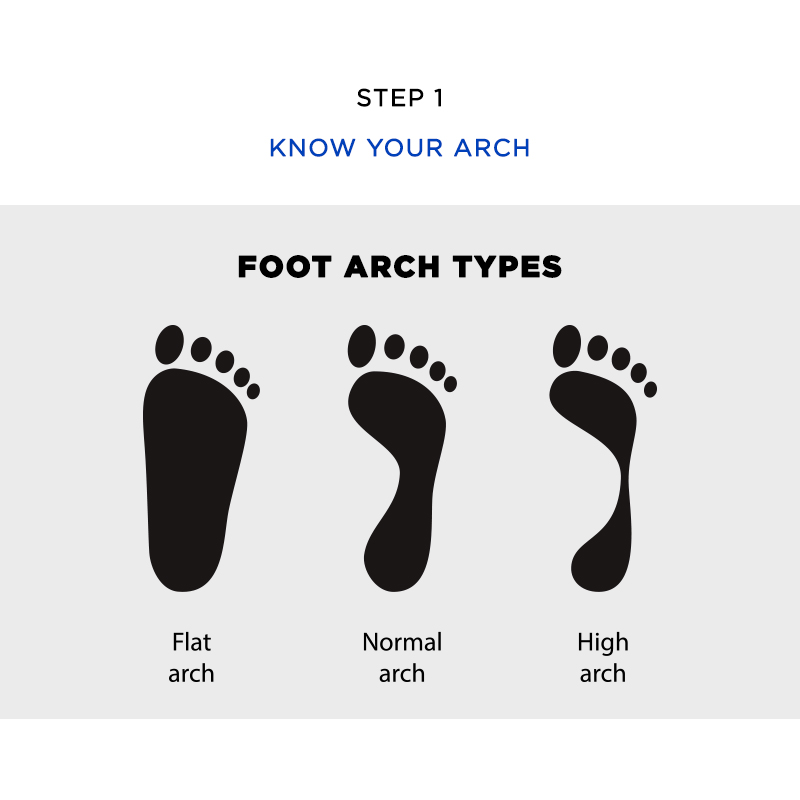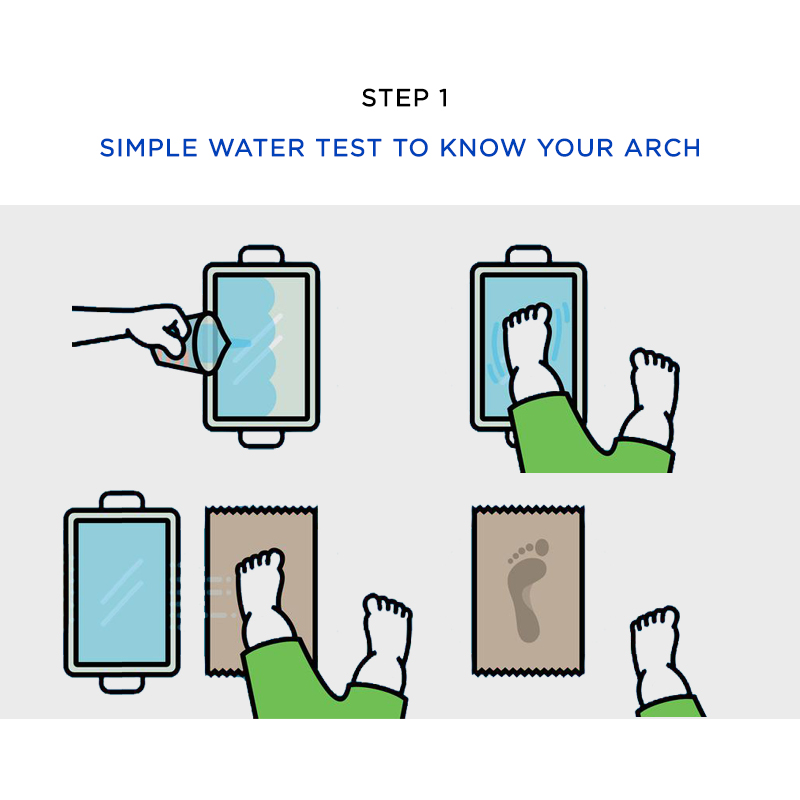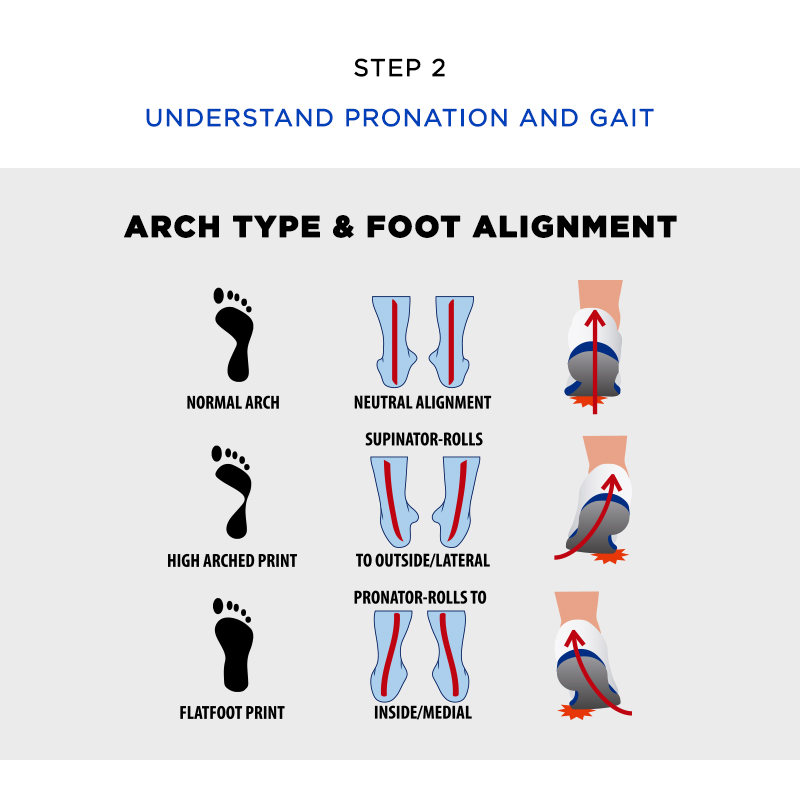Right Foot First

A Guide to know your foot type and choosing the right shoe – Part 1
Over the past several decades, running has grown into a sport enjoyed by tens of millions worldwide. It’s a no hassle sport or exercise, where you don’t need any expensive equipment, club memberships or fancy gear. You can just open the front door of your house and head to the nearest park or track. Aah! But all you need is that one perfect pair of SHOE, which provides comfort and minimises pain and injury.
It can be very overwhelming to choose the right one though, with hundreds of types in more than dozens of brands. A typical retail store will display dozens of different running shoes on its shoe wall, and the advertisements for each will make countless claims.
Who wouldn’t be confused with all these choices? So how do you go about finding the perfect pair?
For this, we need to understand that everyone has different feet, and so the shoes that we feel comfortable in are also very different.
Right Foot First is a three-part Series.
Part 1 that you are reading today will help you to know what kind of foot you have.
Part 2 will guide you to choose the shoe suited to your foot type.
Part 3 will explain some common problems with various foot types.
PART 1
Know your foot!
Step 1: Know your arch


Between your heel and the balls of your feet, there is an arch on the underneath of your feet. We can broadly classify it into Neutral Arch, Low Arch (or Flat Feet) and High Arch.
A simple water test can tell us which of the above types is ours. Pour water in a shallow pan and wet your sole of foot in it. Stand on a blank piece of heavy paper or a paper bag. Step off and look down.
Step 2: Understand Pronation and Gait
Well, this is not that complicated as it sounds.
Pronation is the rolling of the foot from heel to toe through the foot strike.
A proper or neutral foot strike pattern is initially striking with the outside of the heel and moving up to the ball of your foot evenly. This is how your foot reduces the stress of impact.
Overpronation is what it is called when you roll too much to the inside of your foot during your foot strike cycle. This normally happens when you have a low arch or flat foot.
Underpronation (supination) is when your foot rolls too much to the outside. This typically happens if you have a high arch.
Gait is nothing but a fancy way of how your feet behave when you walk or run. And this depends on the arch type and degree of pronation.
You can also know about your gait if you carefully examine your existing shoes that you have been using for over 6 months. Place the shoe on a table platform with heel at the outer edge. Now bend down so that your eye levels the table height. If the middle of the heel and the inner edge of the sole is worn out, it’s likely that you are an over pronator.

The above mentioned different foot types dictates how the load is distributed when you walk or run. It also to some extent point to what injuries you are likely to have. And of course, it will provide you the guidelines for choosing your shoes.





Leave a Reply